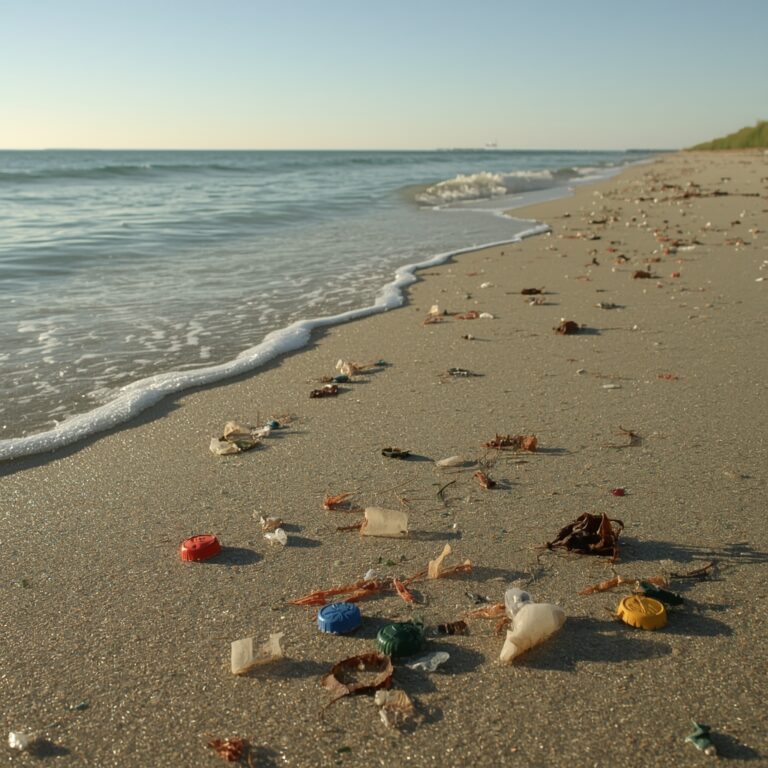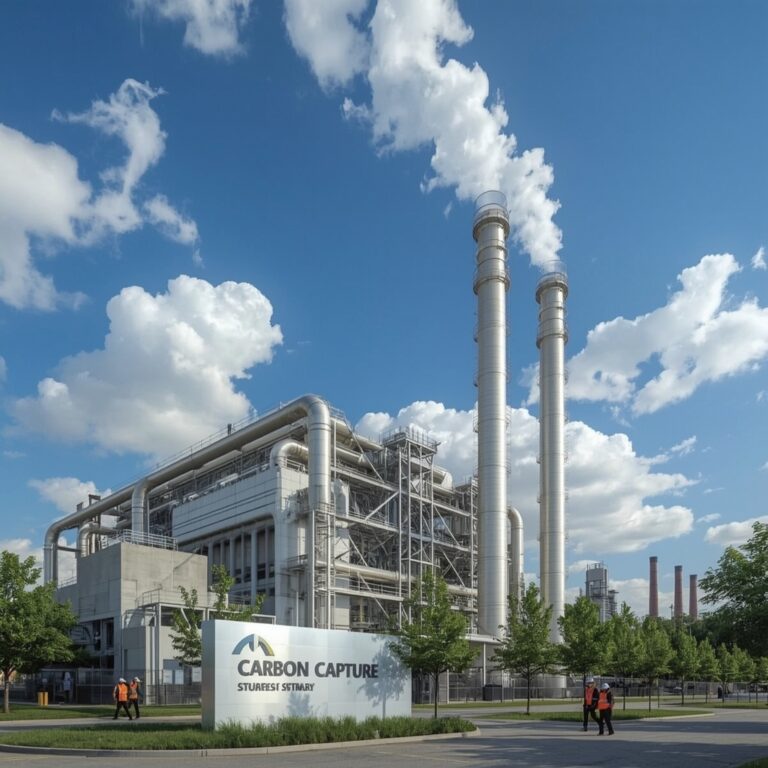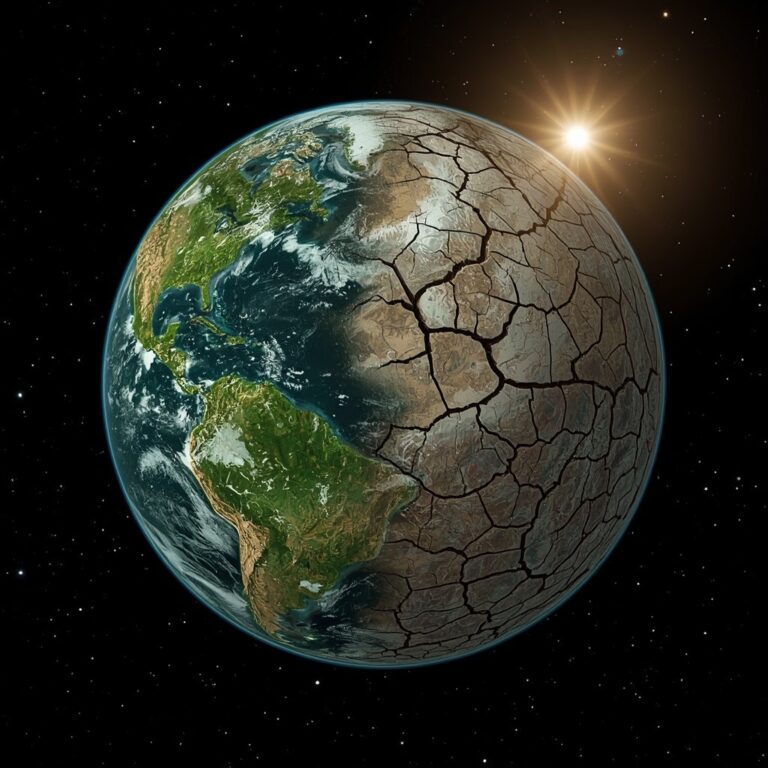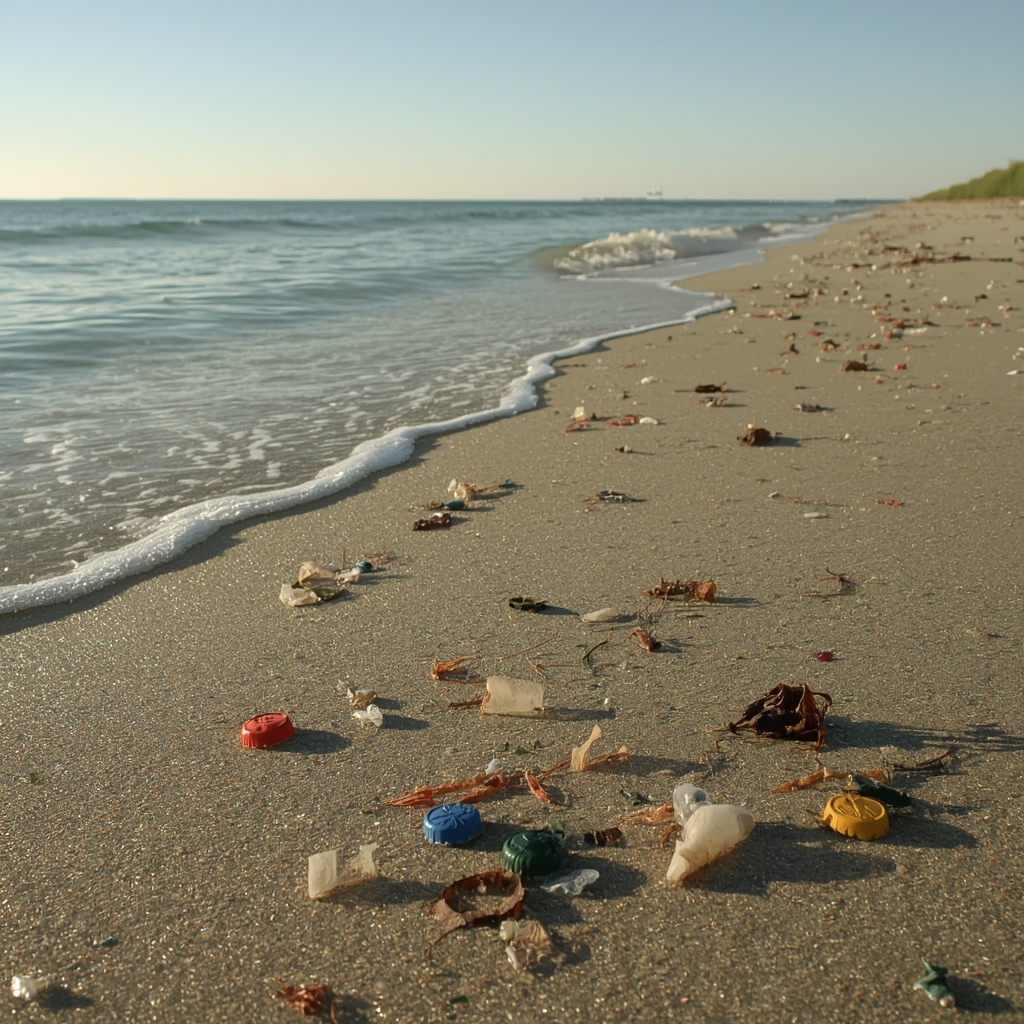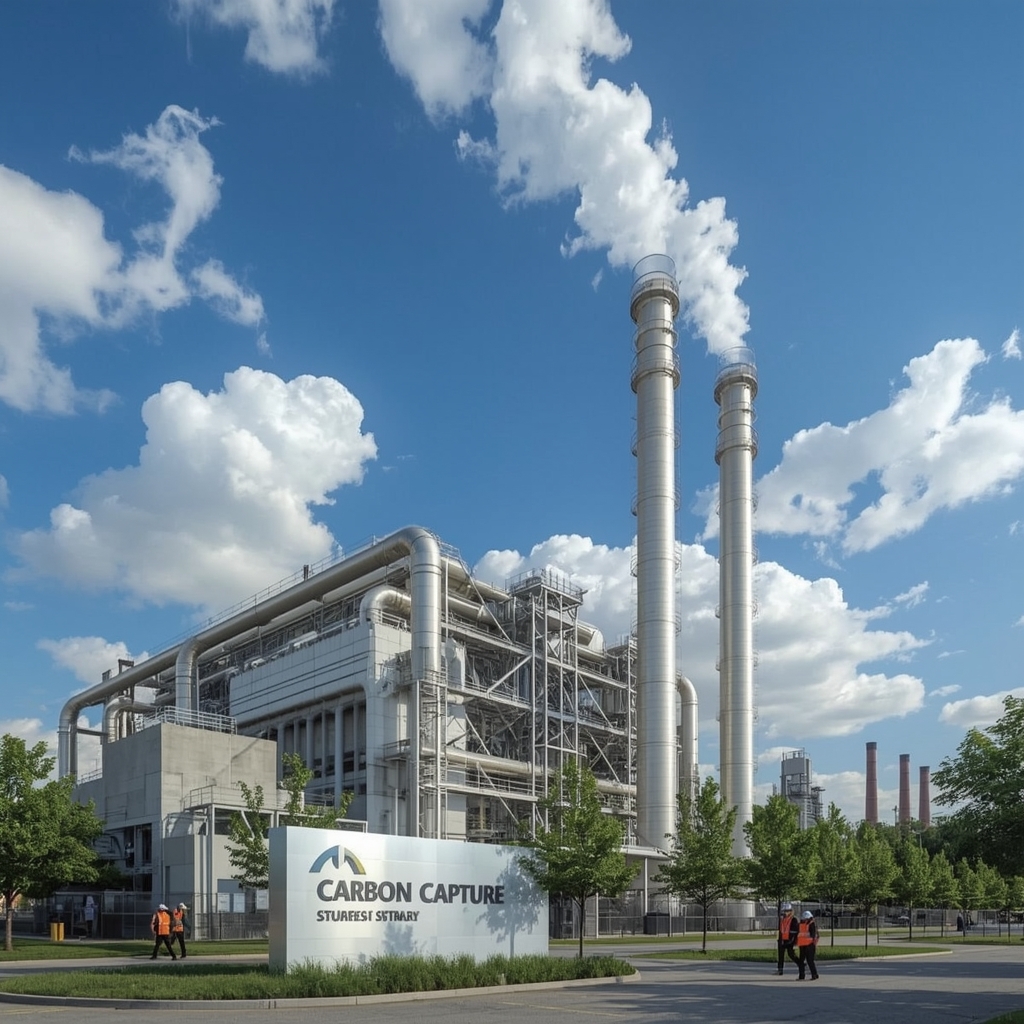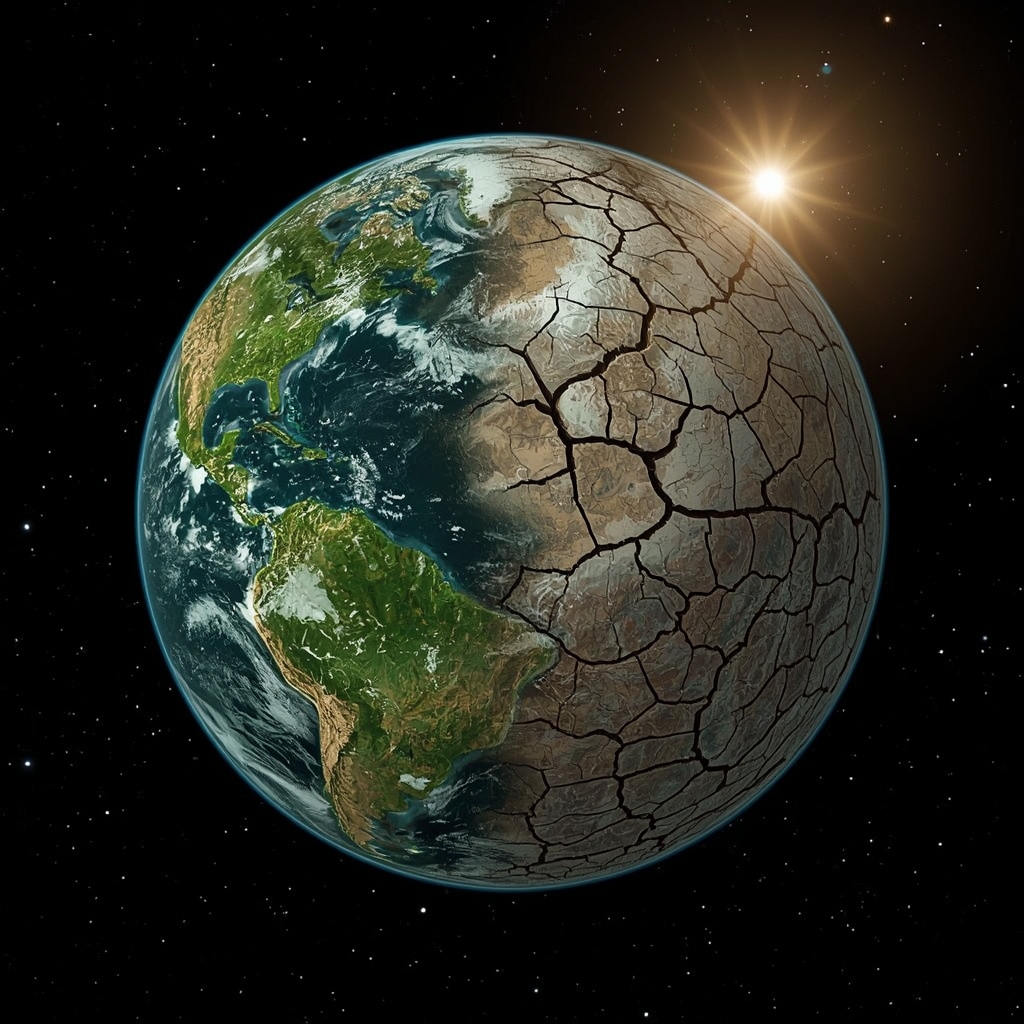What Is Climate Mitigation in USA – Strategies and Solutions
Climate change is one of the most pressing challenges of our time, and understanding what climate mitigation in USA means is key to building a sustainable future. Climate mitigation refers to actions taken to reduce greenhouse gas emissions and limit global warming. In the United States, this involves shifting to renewable energy, improving energy efficiency, protecting forests, and adopting eco-friendly policies. By focusing on climate mitigation, the USA is working to slow down the effects of climate change while creating cleaner air, healthier communities, and long-term financial and environmental stability.
Understanding what climate mitigation in USA means
Climate mitigation is all about reducing the causes of climate change. When we talk about what climate mitigation in USA looks like, it includes strategies such as transitioning from fossil fuels to clean energy sources like wind, solar, and hydropower. It also involves improving infrastructure, making transportation cleaner, and encouraging sustainable farming practices. The goal is simple: cut down emissions to protect the planet while maintaining economic growth. In the USA, climate mitigation is not just an environmental strategy—it’s also about protecting public health, reducing costs, and securing a sustainable future.
Why climate mitigation matters for the USA
The USA is one of the world’s largest contributors to greenhouse gas emissions, which makes climate mitigation a national priority. Rising temperatures, frequent wildfires, stronger hurricanes, and rising sea levels already affect millions of Americans. Understanding why climate mitigation in USA is important shows how urgent the issue has become. Without action, communities face economic losses, health problems, and environmental damage. With strong climate mitigation policies, the country can protect natural resources, create jobs in green industries, and improve the quality of life for future generations.
Key strategies for climate mitigation in USA
When exploring what climate mitigation in USA means, several strategies stand out. Expanding renewable energy sources such as solar and wind power is crucial. Improving building designs and transportation systems to be more energy efficient is another major step. Planting trees, restoring wetlands, and protecting ecosystems also help absorb carbon dioxide naturally. Additionally, government regulations and incentives encourage businesses and individuals to reduce emissions. Together, these strategies show how the USA can lower its carbon footprint while boosting economic resilience and energy independence.
Role of renewable energy in climate mitigation
Renewable energy is at the heart of what climate mitigation in USA represents. Transitioning away from coal, oil, and gas toward cleaner options reduces pollution and lowers carbon emissions. Solar and wind power are expanding rapidly, supported by federal and state initiatives. This not only helps the environment but also creates thousands of new jobs. By investing in renewable energy, the USA can cut dependence on fossil fuels, reduce energy costs for families, and strengthen the economy. Renewable solutions prove that climate action can be both environmentally responsible and financially beneficial.
How policies shape climate mitigation in USA
Government action plays a vital role in defining what climate mitigation in USA means. Policies such as the Inflation Reduction Act and renewable energy tax credits encourage clean energy investment. Regulations on vehicle emissions, industrial pollution, and building standards also push for greener practices. Local governments contribute by setting community goals like zero-emission transport or energy-efficient housing. These policies ensure that climate mitigation is not just voluntary—it becomes a structured effort supported at every level of society.
Benefits of climate mitigation for communities
Beyond reducing emissions, climate mitigation provides direct benefits to people. Cleaner air improves public health by lowering respiratory illnesses caused by pollution. Investing in green energy reduces household energy costs and creates local job opportunities. Protecting ecosystems ensures safer communities against floods, storms, and wildfires. This shows that what climate mitigation in USA achieves goes far beyond the environment—it strengthens communities, improves quality of life, and builds resilience against climate-related risks.
Challenges facing climate mitigation in USA
Even though progress is being made, challenges remain. Some industries still depend heavily on fossil fuels, and political disagreements can slow down policy implementation. Transitioning to renewable energy requires major investment, and not all communities have equal access to clean technology. Yet, these obstacles highlight why continued focus on what climate mitigation in USA means is so important. Overcoming barriers will require cooperation between government, businesses, and citizens to ensure a fair and effective transition.
Final thoughts
Understanding what climate mitigation in USA means is about more than fighting climate change—it’s about building a healthier, safer, and more prosperous future. Through renewable energy, sustainable policies, and community-driven solutions, the USA has the tools to reduce emissions and protect both people and the planet. While challenges exist, the benefits of climate mitigation far outweigh the costs. By taking action today, the country can secure long-term stability, create new opportunities, and lead the world in climate solutions.

